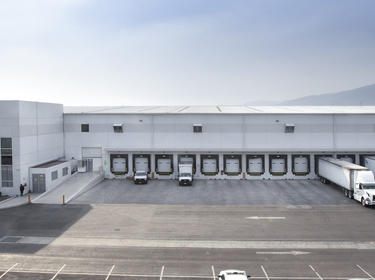Supply Chain Transportation Risks to Consider
Modern supply chain transportation managers deal with more risks than ever before, so mitigating these risks is key to keep a supply chain moving with minimal delays. Recent risks facing the transportation industry include driver shortages, cyberattacks and a deteriorating infrastructure, to name a few.
According to the American Trucking Association, the trucking industry projects a shortage of more than 100,000 drivers by 2022. At an average age of 56, America’s truckers will soon retire in large numbers with nowhere near enough replacements. With fewer drivers, greater demand will be placed on the drivers still on the road, which could increase the risks of fatigue-caused accidents.
It is essential for companies to stay up to speed with technological advances in order to remain competitive. With an explosion of vehicle technology in recent years (including automation and internet-connected sensors), the industry is more exposed to a new wave of risks, such as cyberattacks by hackers, so it’s important drivers use the latest in security tactics and software.
Another growing risk in the transportation field is the continued decline of America’s roadways and transportation infrastructure. From crumbling bridges and roadways to increased traffic congestion on the rails and in the air, delays can occur anywhere. As a result, vehicles are more likely to consume additional fuel and incur damage, thus requiring more frequent maintenance and repairs.
Your supply chain’s success depends on a strategic use of appropriate transportation. An example would be to adopt a responsive transportation system, which uses cross docking—exchanging a product between trucks so that each truck delivers products from different suppliers to the designated destinations. In the end, cross docking helps lower overall costs.
To help manage these and other risks and to increase performance and reliability, companies need to enhance visibility and transparency across the transportation supply chain and use a well-executed transportation management system. Learn more about the modern supply chain and how transportation factors into supply chain management.






